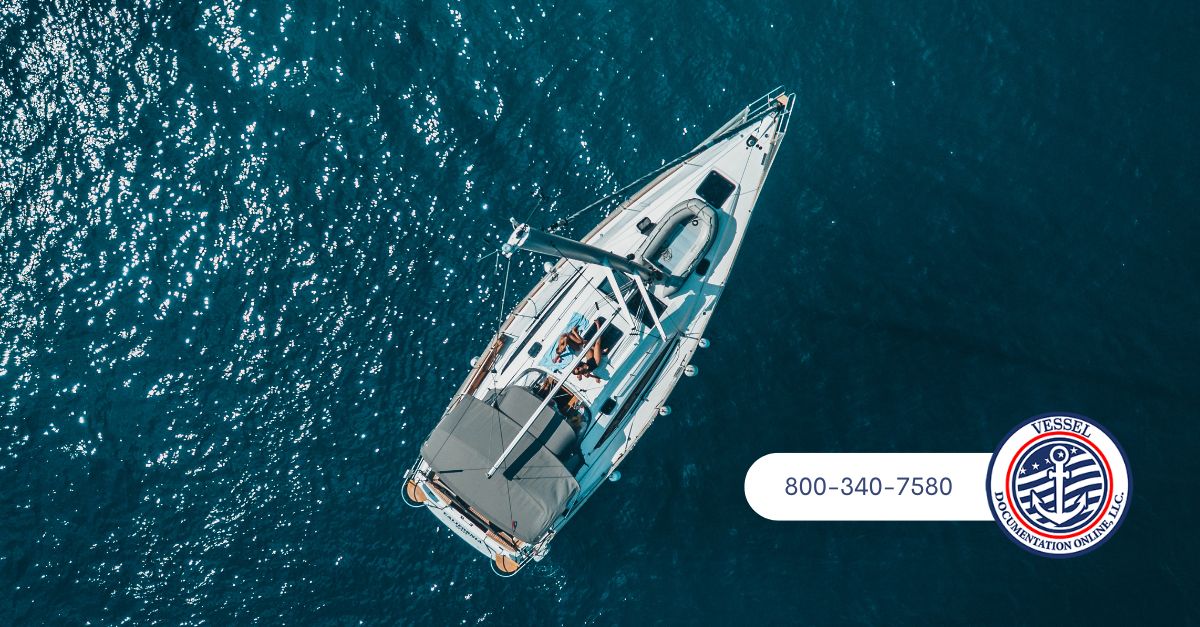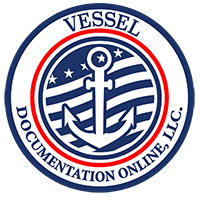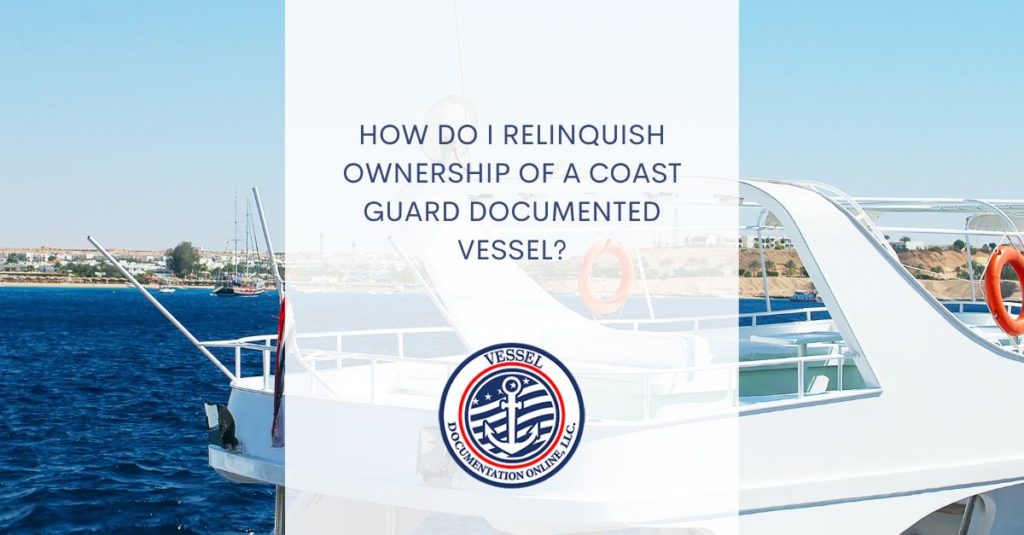Relinquishing a Coast Guard documented vessel is a legal process that varies based on the jurisdiction in which you reside and/or have your boat registered. Arrangements made by the owner of the boat also play a role in how to give up the vessel. Following the steps means the entire process will go smoother and more successfully. Here they are:
Find an Attorney
Finding a reputable maritime attorney is an important first step, as this person can help you understand the laws and requirements that go along with giving up your boat.
Look Over the Ownership Agreements
This includes co-ownership agreements, partnership agreements, and any agreement that is created among owners. It outlines the terms of conditions for transferring ownership in a shared vessel.
Notify Co-Owners of the Coast Guard Documented Vessel
Alert any co-owners that you plan to relinquish and decide if you want to gift your portion or sell it to the other owner/s of the vessel.
Gather the Necessary Documents
You will need to have all paperwork on hand, including any that pertains to ownership. That includes the Certificate of Documentation and anything else relevant to the boat.
Make a Legal Transfer
This step involves drafting and executing the legal documentation involved with relinquishing your vessel and is something that your attorney will help you with.
Notify the Coast Guard
If your boat is documented with the USCG, you will need to let them know about the status change, which includes filling out and submitting an Application for Transfer of Documentation.
Take Care of Debts and Liens
If you have any outstanding debts or liens against your boat, they may need to be paid off before you can transfer ownership.
Change Registration
Update the registration associated with your boat so that it reflects new ownership information.
Cancel Insurance
Cancel insurance that covers the boat, as you won’t need it anymore once ownership has been transferred.
Transfer Physical Possession
Once the legal transfer is complete, it’s time to transfer physical possession of the vessel to the new owner. This could involve simply handing over the keys, but you might need to drive the boat from one location to another. Be sure you understand this before you complete the transfer process.
Record the Transfer
Depending on where you live, it might be necessary to record the transfer of ownership with the jurisdiction and government agencies where you live. This ensures that official records are correct and up to date.
Take Payment
If you are selling your ownership or part ownership of the vessel, be sure you get the agreed-upon payment from the new owner. This should be part of the bill of sale document and should be an agreed-upon amount by both parties.

It’s important to be fully aware of the legal requirements that go along with relinquishing a Coast Guard documented vessel. If you have questions or need additional guidance to get through the process, contact the US Vessel Documentation Center. We’re here to help you every step of the way.




